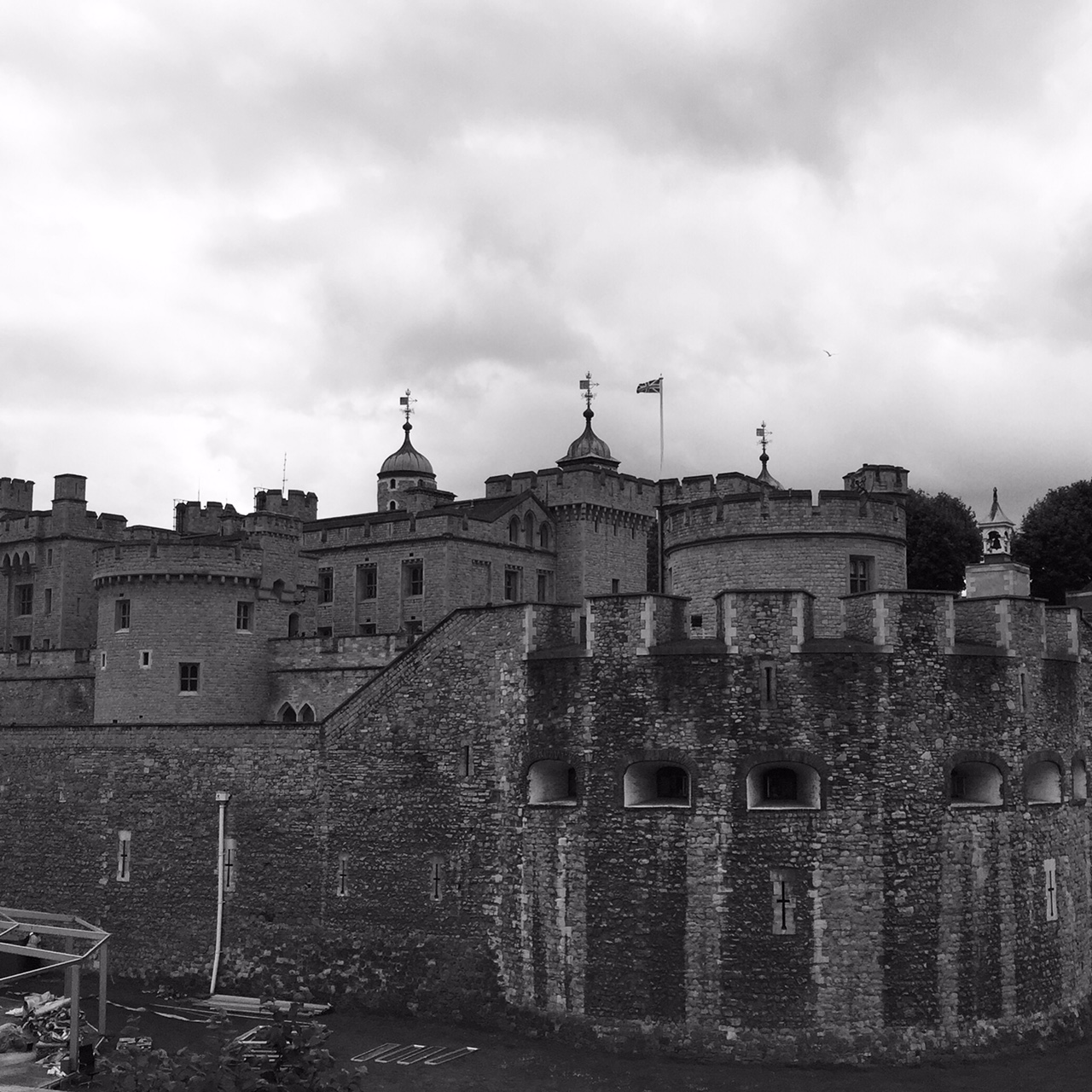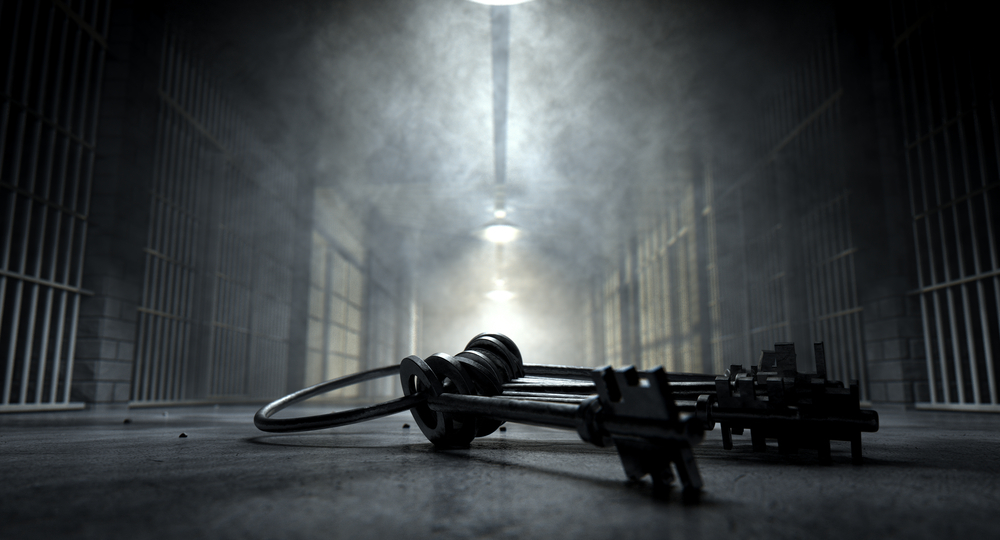Have you ever wondered about the history of prisons? Why were jails necessary? What were they like? How have they changed over the centuries?
Since the beginning of recorded civilization, violators of social order have been dealt with in myriad ways, but we can group them generally into seven strategies:
- Execution
- Physical injury
- Deprivation of liberty
- Disgrace
- Forced labor
- Financial penalties
- Banishment
Imprisonment incorporates several of these strategies and has, of course, been a chief method of social control. Although prison facilities have varied names—penitentiary, correctional facility, jail, diagnostic and treatment centers—their functions are similar and include:
- Custody and safekeeping of inmates and defense against outside force
- Punishment
- Systematic supervision of both prisoners and their keepers
- Prevention of corruption of prisoners as a consequence of their association with one another
- Maintenance of prisoners’ health
- Reformation of prisoners by various measures, such as religious instruction, solitude, labor, vocational and academic instruction, and therapy
The First Prisons
Temples were the first buildings used to house offenders by allowing sanctuary. A collection of Chinese poetry, history and philosophy edited by Confucius noted prison building around 2000 B.C. Greek Herodotus wrote about an Egyptian ruler who used detention in conjunction with forced labor in the 11th century.
Incarceration in and of itself was not considered punishment until the 14th or 15th centuries; instead, prisons were meant only to confine people until their trial or the imposition of corporal punishment or exile. Prisons were used to detain those who had fallen out of favor with the rulers (political prisoners), common criminals, slaves, prisoners of war, debtors and those convicted of treason. Incarceration was used to coerce the payment of debts, detain those awaiting trial and provide a venue for the exhibition of prisoners prior to mutilation.
The living conditions in early prisons were deplorable and many prisoners did not survive. Many prisons were built underground with little or no light. Some were built out of bedrock and accessed by a trapdoor, through which prisoners were dropped to the cell below. Rarely were men, women and children separated. In the 13th century, some prisons began separating the women from the men and separating offenders by offense. For instance, felons and serious wrongdoers were frequently kept underground, while debtors, political prisoners and prisoners of war were kept in larger rooms above ground. Little evidence exists of these ancient prisons.

Castle Prisons
Much more evidence can be studied of the prisons built in castles and fortresses during the period between the 12th and 17th centuries, since many of these buildings are still standing. Prisons were frequently built of wood inside stone castles, which also housed the lord and his family. A “donjon” (today’s dungeon) or “keep” was typically a defensive structure built several stories above the inner yard. This area was used to detain political prisoners as well as criminals. Some castles had iron cages suspended from the ceiling in which to house prisoners. Others featured multiple levels of detention, with the lowest level commonly referred to as “the pits,” reserved for the most heinous offenders or those of low social status.
Although there was no “standard” castle architecture, the prison rooms shared common features. Tiny slit windows were often more than seven feet above the floor, but since the walls were typically more than 10 feet thick, the windows did little to provide light or airflow. The toilet was typically a bucket or hole in the floor through which the sewage dropped to the moat.
The Tower of London, one of the oldest towers in Britain, is probably the most famous of this type of prison. It consists of four levels, with the lowest level (called the vaults) used until the end of the 15th century as a prison for rebels, pirates and Jewish people subject to religious persecution. The Tower of London has also held political prisoners throughout the centuries and prisoners of war in World War I and II. Tower prisons have window slits which are 2 inches wide by 44 inches tall, making them suitable for shooting arrows, but not escape.

The ground floor of tower prisons typically housed the prison keepers and their servants, the second floor held imprisoned noble men and their families in spacious rooms, and the upper floor housed the servants of the imprisoned noblemen.
Prisoners who were rich did not suffer much; they had plenty of food and sometimes were able to have their families stay with them for a price. The Kilmainham Gaol in Ireland had windows along the street so that the prisoners could beg for food or liquor from passersby.
Understanding Our Roots
So why have I taken you on this little history lesson? Many correctional officers don’t have an understanding of where we’ve come from. Understanding our roots can:
- Foster a sense of shared identity within jail staff.
- Underscore how much prison facilities have changed over the years and therefore that we, too, should support a process of continuous improvement.
- Show us that many of the policies and procedures that govern our operations are not arbitrary or developed in isolation, but rather have strong ties to a profession that goes back centuries.
If I’ve awakened your interest in the history of prisons, don’t keep it to yourself! Before shift briefings or other staff meetings, ask one of your officers to research a bit of jail history and make a quick presentation to the group. This is a great way to exercise correctional officers’ research, writing and public speaking skills while also educating your entire staff about correctional history.
In my next article, I’ll explore the prison reform movement, which continues to inform jail standards today.
REFERENCES
Woodruff, L. (2010) A Secondary Data Analysis of Staff Reaction to the Transition from a Linear Jail to a Direct Supervision Model in Kane County, Illinois.
